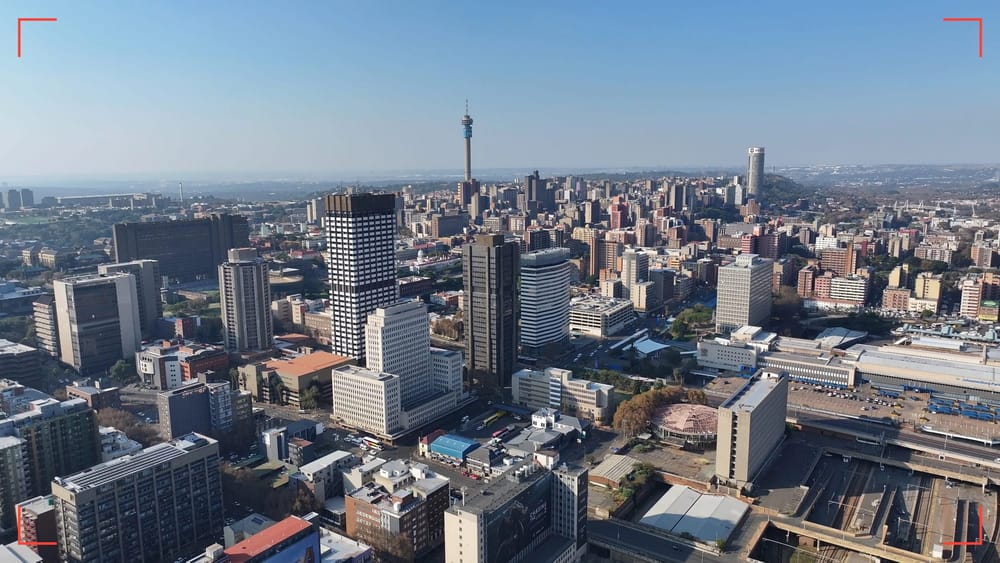Asia-Pacific - East Asia and Oceania RegionalPULSE: 30 SEP 2025
Geopolitical & Security Analysis Regional Report

Report Details
Initial Publish Date
Last Updated: 30 SEP 2025
Report Focus Location: Asia-Pacific - East Asia
Authors: JC, MAM, NB, ZR
Contributors: GSAT
GSAT Lead: MF
RileySENTINEL provides timely intelligence and in-depth analysis for complex environments. Our global team blends international reach with local expertise, offering unique insights to navigate challenging operations. For custom insights or urgent consultations, contact us here.
Report Summary
This study presents a thorough examination of the current geopolitical and security environment throughout Asia-Pacific, with an emphasis on high-profile developments in East Asia and Oceania.
Escalating Domestic Unrest:
- Large-scale anti-corruption protests erupted in the Philippines (33,000 participants, 200+ arrests), fueled by revelations of $2 billion in fraudulent flood-control projects. The unrest coincided with deadly storms, amplifying public anger at governance failures.
- Indonesia also faced deadly demonstrations over lawmakers’ pay, forcing President Prabowo to reverse benefits hikes, deploy security forces nationwide, and postpone foreign engagements.
North Korea’s Nuclear Entrenchment:
- Pyongyang declared its nuclear status “irreversible” in a UN statement and emphasized nuclear weapons production as a national priority.
- Kim Jong Un signaled conditional openness to renewed talks if Washington accepts North Korea as a nuclear power, while intelligence reports highlight extensive arms transfers to Russia under asymmetric terms.
China’s Expanding Military and Economic Posture:
- The Fujian aircraft carrier conducted its first Taiwan Strait passage, reinforcing China’s growing maritime power projection amid heightened U.S. and allied naval presence.
- The South China Sea remains tense, with Chinese coast guard aggression against Philippine vessels near Scarborough Shoal.
- U.S. tariffs on Chinese pharmaceuticals, trucks, and furniture raised fears of global supply chain disruption and intensified bilateral trade frictions.
Strengthened Regional Defense Networks:
- Japan–Philippines Reciprocal Access Agreement enables expanded joint exercises and logistics, underscoring Japan’s growing regional defense role.
- Australia committed AUD 12 billion to transform Perth’s Henderson shipyard into an AUKUS hub, consolidating trilateral submarine cooperation and deterrence efforts against China.
Taiwan’s Dual Strategy of Security and Economic Diversification:
- Taipei issued an updated civil defense handbook to bolster civilian preparedness against disasters and potential invasion scenarios, highlighting resilience planning.
- Concurrently, Taiwan deepened India trade ties, aiming to double electronics exports within five to seven years, underpinned by major chip sector investments.
Climate and Disaster Vulnerabilities:
- Typhoon Ragasa and Tropical Storm Bualoi caused mass casualties and displacement in Taiwan and the Philippines, underscoring regional susceptibility to extreme weather.
- Severe impacts on infrastructure and public trust highlight how governance gaps and corruption magnify natural disaster risks.
Persistent Border and Regional Tensions:
- South Korea repelled a rare North Korean vessel intrusion across the Northern Limit Line, showing continuing volatility in the Yellow Sea.
- Thailand–Cambodia clashes along their disputed border, despite a Trump-brokered ceasefire, raise the risk of renewed regional instability requiring ASEAN attention.
- Rising anti-immigration sentiment in Japan, exemplified by JICA’s cancelled “Africa Hometown” program, reflects shifting domestic pressures influencing foreign policy.
Remaining content is for members only.
Please become a free member to unlock this article and more content.
Subscribe Now








